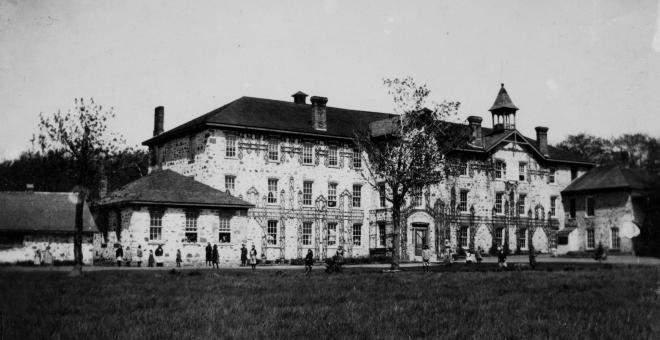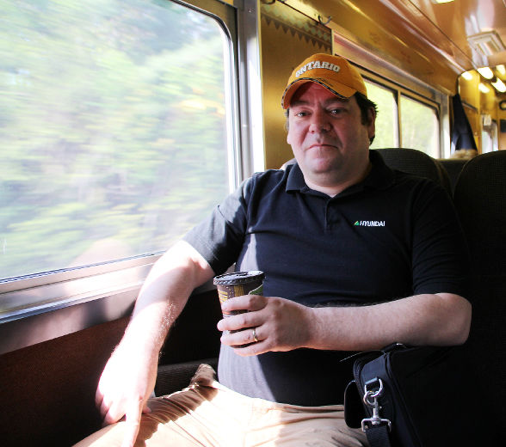Last month, I shared with all of you the story behind Canada’s 1st First Nation run train, Tshiuetin Rail. This week, the narrative of Indigenous rail development continues with Keewatin Railway Company (KRC), the second First Nations owned and operated train in our country. In 2003, as a result of the mine closure near Leaf Rapids, Manitoba, Hudson Bay Railway Company (HBR), owned by Omnitrax, an American-based company, announced its intention to abandon this rail line (Keewatin Railway Company, 2017). And thus, a plan was hatched between Tataskweyak Cree First Nation, Mathias Colomb Indian Band, and War Lake First Nation to solve the problem, and ensure connectivity in Manitoba for remote communities (Keewatin Railway Company, 2017). They began to seek commitment from various levels of government, and were extremely successful in doing so. They received $4.9 million grant dollars from the government of Canada, and $1.25 million from the government of Manitoba (Government of Canada, 2006). The three First Nations contributed $500,000, as a combined total, and thus the purchase of the line was made possible. Additionally, the federal government gave KRC $3.2 million dollars in start-up fees and investments, which covered the purchase of locomotives, rail equipment, transitional services, office equipment, and infrastructure rehabilitation on the rail line (Government of Canada, 2006). Much of this funding came directly from the Regional and Remote Rail Serviced Contribution Program, administered by Transport Canada.
As a result, on March 31st, 2006, KRC completed the purchase of Sherridon rail line from HBR. Experienced rail personnel were hired to train First Nations members for physical labour, management positions, and jobs and careers in administration. This has opened up a slew of opportunities for these First Nations communities. KRC now operates two round-trips per week, crossing 400-kilometres of remote wilderness, fourteen stations, a nine-hour trip in total, between the Pas and Pukatawagan (VIA Rail, 2017). However, passenger service is only one piece to their puzzle. KRC has also developed a freight service along the short-line, as well as nation-wide rail maintenance service (Keewatin Rail Company, 2017). Their ability to have expanded the rail service beyond the capabilities of its original service created a sustainable rail business, which is highlighted by the fact that, despite having old and battered rail cars, KRC managed to shave off 5-hours of average run time since taking over (Keewatin Rail Company, 2017). They have also kept up, maintained, and improved safety standards. With a strong emphasis on arctic tourism, and providing accessible and affordable transportation for people who take the train every week to do grocery and supplies shopping, as well as attend business meetings and appointments in the city, there is a diverse and viable ridership that is continually growing.
This particular rail is extremely important to the Cree First Nations who run it, as it highlights their complex and longstanding history with the rail. As the train was a part of colonization, bringing white settlers and their industrialization, it has now come full circle with the First Nations becoming the owners of the rail. KRC stated that it was extremely difficult for them to get a line of credit. Much like Tshiuetin, they found it difficult to build their credibility as a result of stereotypes and prejudice against Indigenous people (Keewatin Rail Company, 2017). However, their success has provided both respective areas with a much needed service and further developed business and rail skills to set them up for future successes. KRC has given quotes on the damaged rail in Churchill, and Mathias Colomb First Nations is one of the parties interested in purchasing it. KRC has also offered us at Missanabie Cree mentorship and guidance in our mission to restore the Algoma Passenger train.
References
Government of Canada. (May 2006). Manitoba Railway Line Transferred to First Nations Company. Government of Canada. Retrieved from https://www.canada.ca/en/news/archive/2006/05/manitoba-railway-line-transferred-first-nations-company.html?=undefined&wbdisable=true
Keewatin Railway Company. (2017). Passenger, Freight, Maintenance. Retrieved from www.krcrail.ca
Via Rail. (2017). The Pas – Pukatawagan Train. Retrieved from http://www.viarail.ca/en/explore-our-destinations/trains/prairies-and-northern-manitoba/the-pas-pukatawagan/description
Would you like to see the Mask-wa Oo-ta-ban, or "Bear Train," operating again between Sault Ste. Marie and Hearst?
Take the Bear Train Survey & Let Us Know


Stay Up to Date
Join our email list.
Join Newsletter
Thank you for signing up for our email list!
Please try again later.


